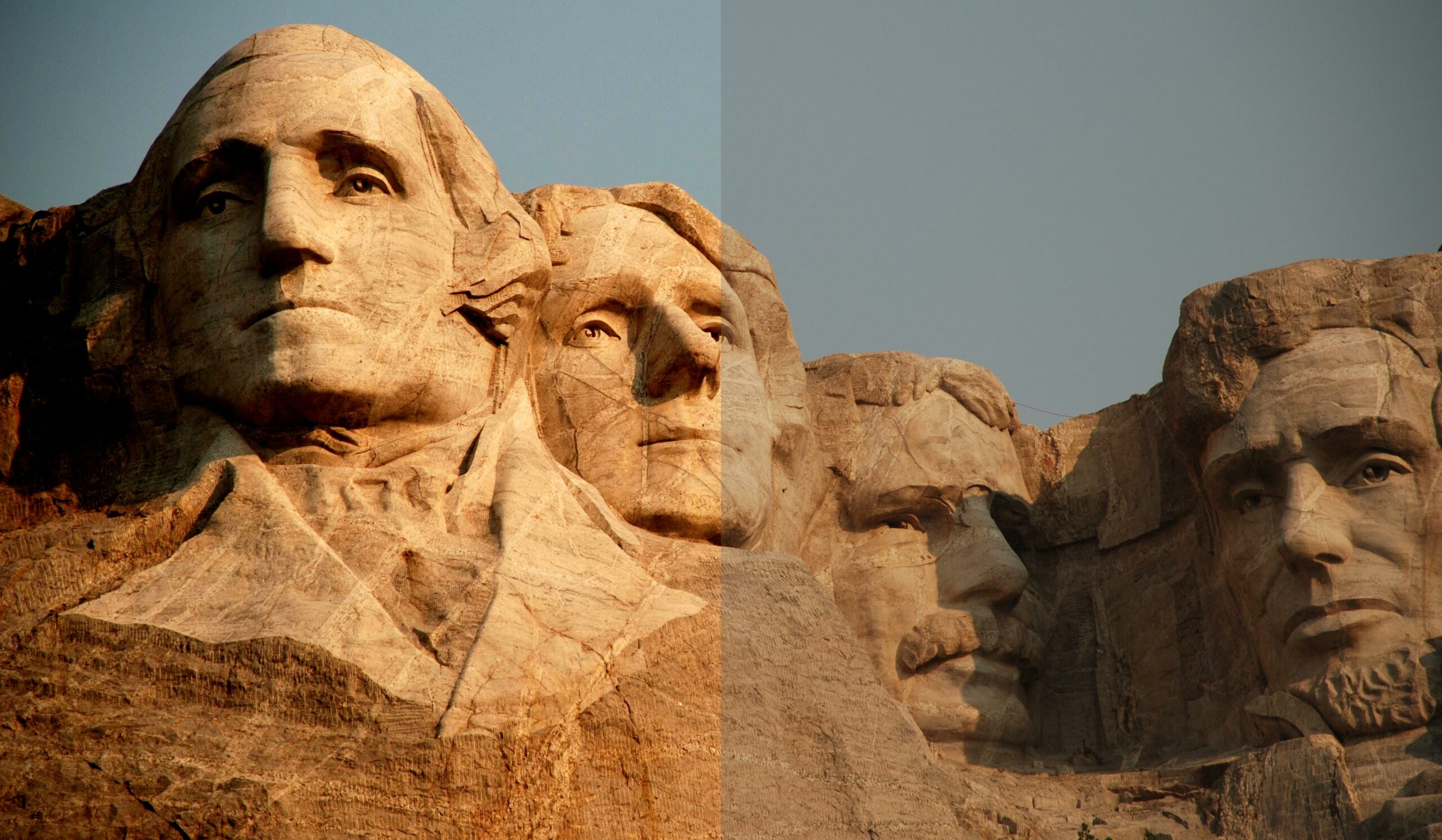Welcome to a captivating journey through the history of paper! In this article, we will explore the fascinating evolution of this essential invention and uncover the stories and innovations that have shaped its existence. As an experienced historian and writer specializing in the history of paper, I am thrilled to guide you through this comprehensive timeline. From ancient civilizations to modern times, we will delve into the cultural influences, technological advancements, and remarkable tales that have woven the intricate fabric of paper throughout the ages. So sit back, relax, and prepare to be captivated by the enthralling story of paper trails.
History of Paper Timeline
Welcome to Paper Trails: A Timeline of the History of Paper. In this article, we will take you on a fascinating journey through the development of paper, from its humble beginnings in ancient China to its widespread adoption across the globe. Join us as we explore the origins, advancements, and cultural impacts of this remarkable invention.
The Birth of Paper in Ancient China
Our story begins around 150 BC in ancient China. It was here that the first organized production of paper took place. The early Chinese papermakers used a mixture of macerated hemp fibers, old fishnets, plant bark, and water to create their innovative material. However, it wasn’t until 105 AD that Ts’ai Lun, a court official, documented the paper manufacturing process, leaving behind a crucial written record for future generations.
“The journey of paper begins in ancient China, where clever innovators sought a lightweight and versatile alternative to traditional writing surfaces.”
Spreading Across the Islamic World
During the 8th century, the art of Chinese papermaking made its way to the Islamic world. This marked a significant turning point in the history of paper, as the Islamic civilization embraced this new invention with enthusiasm. Paper mills sprouted up, serving both papermaking and monetary purposes, demonstrating the growing importance of paper in daily life.
“The Islamic world became a hotbed of paper innovation, fostering a cultural exchange that propelled papermaking to new heights.”
Slow Spread to the West
While the Islamic world prospered with paper, it took several centuries for papermaking to make its way to the Middle East and Europe. The journey was long and arduous, with cultural and technological barriers hindering its progress. However, in the 11th century, the introduction of paper to Europe signaled a turning point. Gradually, paper replaced parchment and wood panels as the preferred writing medium.
“The arrival of paper in Europe heralded a new era of knowledge and communication, forever transforming the way people recorded their thoughts and ideas.”
From Papyrus to True Paper
Before the invention of paper in China, the ancient Egyptians relied on papyrus as their primary writing material. Made from the pith of the papyrus plant, these early sheets provided a precursor to the more refined papermaking processes to come. However, it was the Chinese who developed true paper, using their ingenuity to craft a writing surface that revolutionized the world.
“Paper emerged as a triumph of human ingenuity, transforming our capacity to convey knowledge and shaping the course of civilization.”
The Fusion of Plant and Textile Fibers
Papermaking involves the use of pulp mills and paper mills, where plant and textile fibers are meticulously blended to create the finished product. The combination of milled plant and textile fibers gives paper its unique properties, making it suitable for a range of purposes, from writing and drawing to acting as a medium for money.
“The art of papermaking lies in the balance between plant and textile fibers, creating a material that captures our thoughts and preserves our history.”
As we conclude our journey through the history of paper, we are reminded of its enduring significance. From its lowly origins in ancient China to its ubiquitous presence in our modern world, paper remains a testament to human ingenuity and our quest to capture and share knowledge. So next time you put pen to paper, take a moment to appreciate the rich legacy that lies beneath your fingertips.
“Through the ages, paper has borne witness to our triumphs, struggles, and shared human experience, connecting us across time and space.”
The invention of paper was a groundbreaking moment in human history, and it took place during the reign of the Tang Dynasty in China. This dynasty, also known as the Golden Age of Chinese civilization, witnessed significant advancements in various fields, including art, literature, and technology.
Curious to know more about which empire or dynasty witnessed the invention of paper? Click here to uncover the intriguing tale behind this remarkable invention: which empire or dynasty witnessed the invention of paper. Prepare to be amazed as you delve into the rich history of this era and discover how paper forever changed the course of human civilization.
The Invention of Paper: Tracing its Roots and Impact
[youtube v=”COxB_GvdzWI”]
Introduction
Paper, an invention that revolutionized the way people write and read, is one of mankind’s greatest creations. Its origins can be traced back to ancient China, where it was invented around 150 BC. In this article, we will delve into the fascinating history of paper, its manufacturing process, and its cultural and historical significance.
Ancient Beginnings
Before the invention of paper, people used various materials like bones, bamboo tablets, and animal skin to record information. However, these were messy and tedious to work with. It was during the Han Dynasty in 105 AD that a Chinese man named Ts’ai Lun completely transformed the way people wrote and read. He took bamboo fibers, mixed them with water, pounded them with a wooden tool, and created a pulp. This mixture was then poured over a flat woven cloth, drained, and dried in the sunlight. And just like that, the world’s first paper was born. Ts’ai Lun presented his paper-making process to the Chinese Emperor, and thus began the widespread use of paper, which revolutionized communication.
“Ts’ai Lun’s invention of paper changed the course of history, making writing and reading more accessible to everyone.”
Spread and Growth
Initially, the Chinese kept the secret of paper-making discreet. However, after the defeat of the Chinese Tang army in 751 AD, the method started spreading to other parts of the world. By the 12th century, Kylin’s method of manufacturing paper had become widespread. As the popularity of paper grew, so did the demand, exceeding the capabilities of manual paper-making. The solution came in the form of water-powered paper mills, with the first evidence of such mills dating back to the Spanish kingdom of Aragon in 1282. These mills allowed for mass production of paper, meeting the increasing demand.
“Water-powered paper mills marked a significant advancement in paper production, enabling mass production and accessibility.”
Evolution of Paper
Initially, paper was made using fibrous sources like bamboo and cotton. However, it was expensive to produce and remained out of reach for most people. That was until Frederick Gottlob Keller and Charles Fennerty experimented with wood fibers as a source material. This discovery marked a new era in paper-making. By the mid-19th century, paper manufacturers in the West had transitioned from the traditional fiber sources to wood fiber, significantly increasing production and reducing costs.
“The use of wood fiber revolutionized the paper industry, making it more affordable and accessible.”
Paper’s Impact and Sustainability
The invention of paper not only transformed communication but also had a significant impact on various aspects of society. With the invention of the fountain pen and pencils, the paper industry skyrocketed. Books were written and read, paper money was printed, and gifts were wrapped in paper. However, it is essential to recognize the environmental impact of paper production. Recycling paper has proven to be a sustainable solution, saving trees and reducing air pollution.
“Paper has played an integral role in human civilization, but it is crucial to embrace sustainable practices such as recycling to protect our environment.”
Conclusion
The invention of paper by Ts’ai Lun revolutionized communication and paved the way for the exchange of knowledge and ideas. From its humble beginnings in ancient China, paper has evolved into one of the most widely used materials in the world. Its impact on human history is immeasurable, connecting people across time and space. As we continue to utilize paper in our daily lives, it is our responsibility to adopt sustainable practices to preserve our environment for future generations.
“Paper has shaped the way we communicate, revolutionizing the sharing of knowledge and ideas across the globe.”
FAQ
Question 1: When did the production of paper begin?
Answer 1: The production of paper began in China around 150 BC using macerated hemp fibers, old fishnets, plant bark, and water.
Question 2: Who created the first written record of the paper manufacturing process?
Answer 2: Ts’ai Lun, a court official in China, created the first written record of the paper manufacturing process around 105 AD.
Question 3: Where did Chinese papermaking spread to during the 8th century?
Answer 3: During the 8th century, Chinese papermaking spread to the Islamic world, where paper mills were used for papermaking and monetary purposes.
Question 4: How long did it take for papermaking to reach Europe?
Answer 4: It took about 300 years for papermaking to reach the Middle East and another 500 years to reach Europe.
Question 5: What materials did paper replace for writing purposes?
Answer 5: Paper was introduced to Europe in the 11th century and replaced parchment and wood panels for writing.
- Unraveling Einstein’s Legacy: Who Inherited His Genius? - July 14, 2025
- Unlock Einstein’s Family Tree: Bernhard Caesar & Untold Stories - July 14, 2025
- Unveiling Bernhard Caesar Einstein: His Life & Albert Einstein’s Legacy - July 14, 2025
















